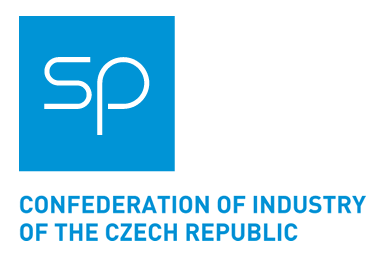Czech Business Today
Schengen Area Remains One of EU Greatest Success Stories
Schengen Area is one of the most significant success stories of the European Union. Nevertheless, in the recent years, there is a raising number of cases in which member states implement protectionist measures in order to reinforce safety on borders. Such example could be Germany, where Czech drivers have to face unauthorised checks.
Recently, Schengen Area has faced many challenges, probably the most significant one was an important inflow of nearly 30 000 refugees from Nord of Africa after the so-called “Arab Spring” to the EU. This fact has opened a debate about the basic principles of the Schengen Area.
Apart from this, trust and solidarity among member states – being two cornerstones of the whole system – were profoundly tested during the first Eastern enlargement for example, when some of the former Schengen members were not very eager to welcome their Eastern colleagues in the club. Lack of trust and solidarity is also the reason why Bulgaria and Romania are still not members of the Schengen Area. One of the effects of the inflow of immigrants and enlargement is increase of costs necessary for protection of outer borders of the Schengen Area. In the Czech Republic, the immigration policy has changed in the recent years and there are new initiatives focused on integration of immigrants in the society; which was not the case in the nineties. One of the big advantages of free movement of persons is the possibility to work abroad and more Czech workers are benefiting from this opportunity.
Nevertheless, the barriers still exist, being it different legislative conditions or insufficient support frameworks for workers. However, despite these shortcomings, the Schengen Area still remains one of the most important elements of European integration. These are conclusions of CEBRE debate that took place on 13th Nov. 2012 in the European House in Prague.





